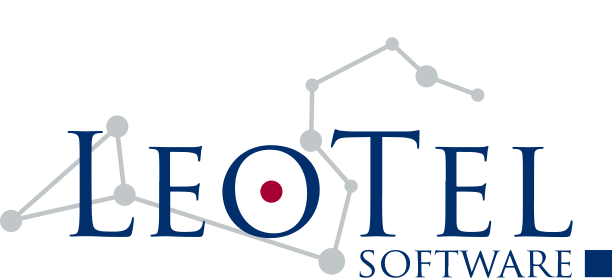Submarine cable installations are high-reliability infrastructure with a long service lifetime.
Over those sorts of timescales, modules and components can reach end-of-life and need a “drop-in” replacement. While a negative at face value, this can also present an opportunity, as it means that newer technologies can be retro-fitted to older installations.
Keeping up with advancing technologies means replacing earlier components with newer variants, and a common problem is interfacing newer hardware with older buses, such as Versa Module Europa (VME).
The Project
In this particular case, an earlier module was approaching “end-of-life” and would soon become unavailable. This module had a dedicated VME bus chip accessed via the PCI interface, and formed part of a sandwich of three PCB, including nine RS422 / RS232 serial interfaces, many of which were provided by a RS422 port expander. The rest were multiplexed over the built-in serial ports by software application logic.
The client, a global telecommunications equipment provider, needed a “drop-in” replacement which maintained the existing functionality of their system.
Our Role
At the outset, we worked with the client to provide a feasibility study and report containing recommendations for the upgrade.
Once the project had the go-ahead, LeoTel engineers defined the system architecture for the new components, hardware and software interfaces, and prototyped the new components of the system on a bespoke PCB, which could be connected to the original VME backplane.
Much of this prototyped hardware layout was then reused by the client when the replacement baseboard was designed.
We developed a high-speed USB-based interface to the VME bus, and a single multiplexed high speed UART (HSUART) interface, which could be used by the existing software logic.
The underlying logic of the VME bus and serial port multiplexing were implemented using an Intel MAX 10 FPGA and VHDL. All of this could then be interfaced with an industrial standard COM Express module, on a single PCB.
As soon as this infrastructure was in place and proven, we upgraded the existing application logic, using thin software interface layers to minimise changes to the code base.
We upgraded the existing VxWorks and Zinc-based embedded software application, and supported the project through the baseboard hardware “bring-up”, the board integration, temperature and environmental testing, right through to factory acceptance testing.
The Technology
On the VME bus side, a PCI Express interface, rather than USB, was initially proposed as the interface between the existing VxWorks-based application on the COM Express module and the FPGA. However, other operational requirements prevented its use.
A worst case analysis of the VME bus transaction workload plus a safety margin showed that other interfaces on the COM Express module, such as USB, were possible alternatives. Transfer reliability was important.
Ultimately, we used a Cypress FX2-LP low-power USB 2.0 microcontroller with a slave endpoint FIFO and 16-bit data bus to interface with the master on the Intel MAX 10 FPGA. We developed a simple protocol to transfer VME requests via the Cypress USB device to the FPGA, and the corresponding responses back, via the USB FIFO, to the application logic.
We wrote bespoke firmware for the Cypress FX2-LP, and a bespoke Cypress FX2-LP USB driver for VxWorks 6.9. We wrote a new interface layer in C to direct the existing VME bus accesses to the new high-speed USB interface.
On the serial side, we designed another simple protocol to encapsulate the multiplexed serial data for transfer to the FPGA. The HSUART on the COM Express module provided sufficient bandwidth to allow the nine serial endpoints to operate in parallel, in full-duplex mode, on the FPGA.
The Benefit
Our involvement meant that a legacy (and significantly more expensive) module could be replaced by a newer module with less components.
We were able to maintain the existing software application logic, including the key real time requirements of the system.
This meant that an existing product line could be maintained, and has been taken another step closer to a single board solution without the need for legacy buses.

